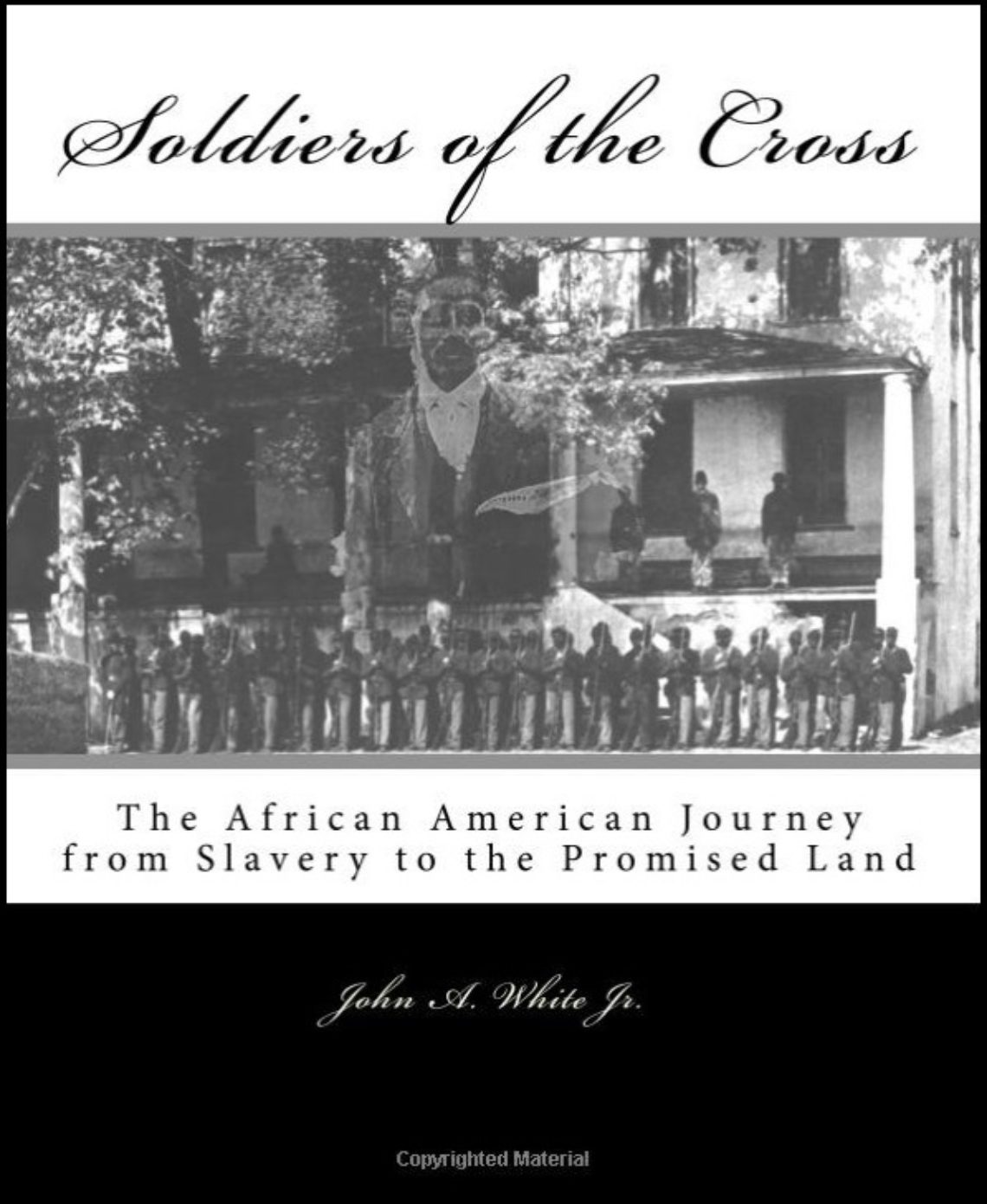
Fig. 8. Top: The Front of a Slave Auction House in New Orleans Before the Auction, Harper’s Weekly, Jan. 24, 1863, p. 61. These slaves were probably house servants. Field slaves were sold in the trading yard across the river.
Bottom: Marker on New Orleans building indicates that it was once a Slave Exchange
The helplessness of black male slaves to protect their families was devastating to their identity. Slaves had no rights to protect relationships with their children or their spouse. The pain of split families was inherited by the descendants of slaves. The pain of slave auctions is best described by former slaves. The following is a description of a slave auction.

Fig. 9. Bibb describes this scene of family praying, being whipped then auctioned
“After the men were all sold they then sold the women and children. They ordered the first woman to lay down her child and mount the auction block; she refused to give up her little one and clung to it as long as she could, while the cruel lash was applied to her back for disobedience . . . . There was each speculator with his hand-cuffs to bind his victims after the sale; . . . the Christian portion of the slaves asked permission to kneel in prayer on the ground before they were separated”[1]
Henry Bibb
The most painful experience of American slavery was the buying and selling of slaves.
“I had a brother, Jim, who wuz sold ter dress young Missus fer her weddin’. De tree am still standin’ whar I set under an’ watche em sell Jim. I sat dar an’ I cry an’ cry, specially when dey puts de chains on him an’ carries him off. An’ I ain’t neber felt so lonesome in my whole life. I ain’t never hyar from Jim since, an’ I wonder now, sometimes, iffen he’s still livin.”[2]
Ben Johnson
[1] Henry Bibb, Narrative of the life and adventures of Henry Bibb, an American slave, 199–200.
[2] Ben Johnson, Bullwhip Days, The Slaves Remember, page 292
